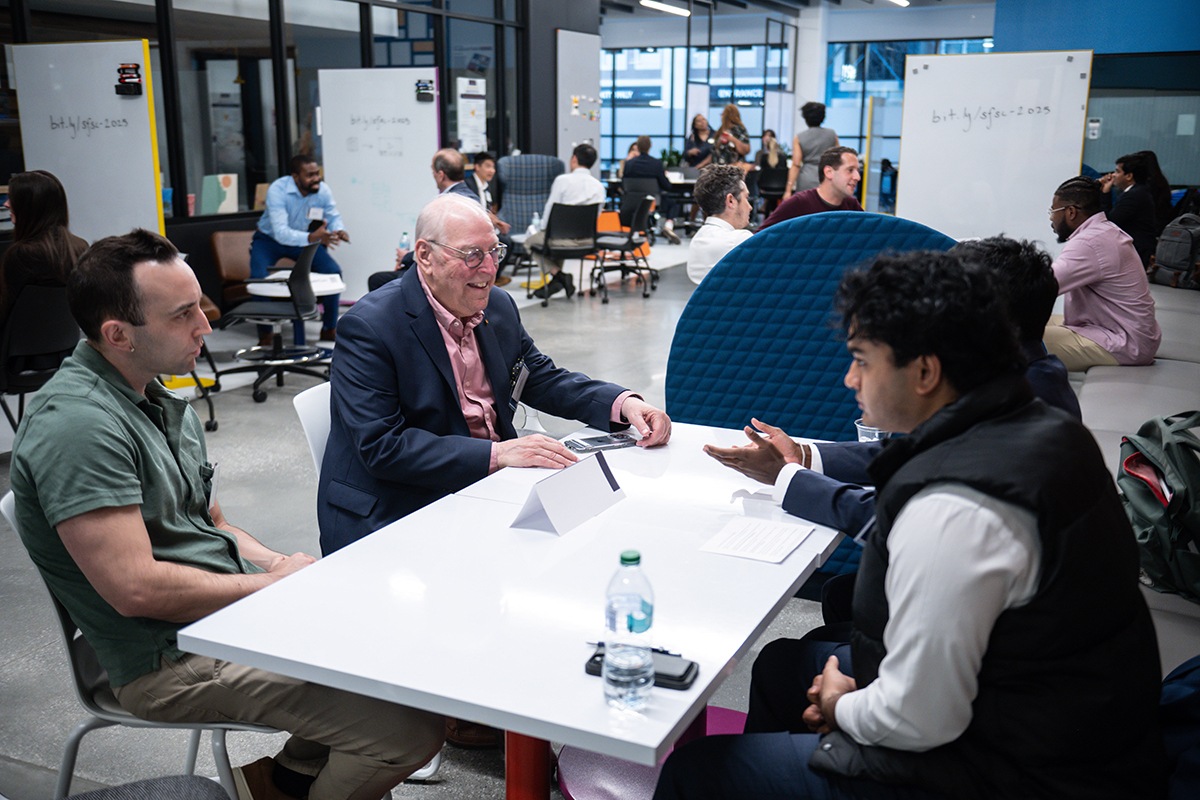Earlier this academic year, Stuart Zola, innovator in residence at The Hatchery, Emory’s Center for Innovation, embarked on an ambitious project to explore how interdisciplinary collaboration could better prepare students for life beyond the classroom.
Through a unique partnership with the Life Science Consulting Club at Emory, Zola enlisted a small team of undergraduate students to assist in the development of a grant proposal for the National Science Foundation (NSF).
Their goal?
To lay the groundwork for a bold, new approach to education that intentionally brings together students from the humanities and STEM disciplines.
The Life Science Consulting Club is a student organization that gives members hands-on experience with real-world projects in the life sciences — such as biology, zoology, botany, ecology and others — consulting field. For this initiative, the club became a critical partner in shaping a vision for interdisciplinary education at Emory.
The collaboration was initiated by Sarah Lande, president of the Life Science Consulting Club, who reached out to Zola and The Hatchery with the idea of establishing a partnership that would offer Life Science members meaningful consulting experience.
Lande played a key role in launching the project: organizing meetings with Zola, developing the framework for the collaboration, managing the student application and selection process, and overseeing the project’s execution throughout the academic year.
“Sarah’s initiative and leadership were instrumental in getting this project off the ground,” says Zola. “She brought an incredible level of professionalism and organization that set the tone for the rest of the team.”
Zola’s insight stemmed from his observations of students in The Hatchery Incubator program, where he noticed a tendency for students to self-segregate — liberal arts majors working with liberal arts majors, and STEM students sticking with fellow scientists. “I wondered what they might be missing,” he says.
Informal discussions launch a new project
During The Hatchery Summer Accelerator in 2024, Zola facilitated informal discussions between students of different disciplines following workshops. These conversations quickly proved valuable, highlighting how varied perspectives could enhance students’ thinking and broaden their understanding. He theorized that with more intentional integration of STEM and humanities students, Emory could better prepare graduates for the real world — one marked by complexity, ambiguity and the need for cross-functional collaboration.
To explore this idea further, Zola partnered with the Life Science Consulting Club, recruiting students Nedum Ebo (first-year student majoring in economics and philosophy of law), Cam Newell (third-year student, majoring in biology and pre-med), Joseph Ahn (first-year student, majoring in biology and pre-med), and Sumaiya Dickens (fourth-year student, majoring in biology and biomedical engineering). Together, the group met weekly to research the benefits and challenges of interdisciplinary education, using academic literature to frame their arguments and mind mapping to synthesize their findings.
Each student brought a unique perspective to the project. Ebo shared that, as a humanities student, the opportunity offered "a unique perspective on how the two fields could be connected.” Ahn, curious about this lesser-explored area of science, saw it as a way to understand more about how STEM and liberal arts intersect. Newell, already conducting research in a grant-funded lab, wanted to be part of an effort to bridge the divide between science and society.
In their final meeting, the group discussed an article that illustrated how humanities and STEM can converge in ways that benefit education and society. For example, STEM fields can expose liberal arts students to complex ethical dilemmas — such as those involving artificial intelligence or climate change — while humanities can help scientists consider the human and cultural impacts of their innovations. When asked how this course would impact them personally, both Newell and Ahn said it would lead to a major shift in mindset and better prepare them to collaborate with people from different backgrounds and ways of thinking.
Zola reinforced this point, reminding students that STEM education often occurs in controlled environments — but the real world is anything but controlled. “This kind of interdisciplinary training gives you tools you wouldn't otherwise have.”
Now, with support from Ira Bedzow, executive director of the Emory Purpose Project and principal investigator on the grant, Zola and the team have submitted their proposal to the NSF and are awaiting the outcome.

